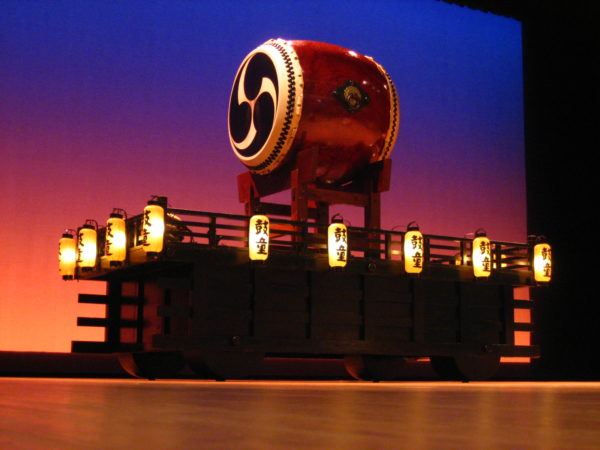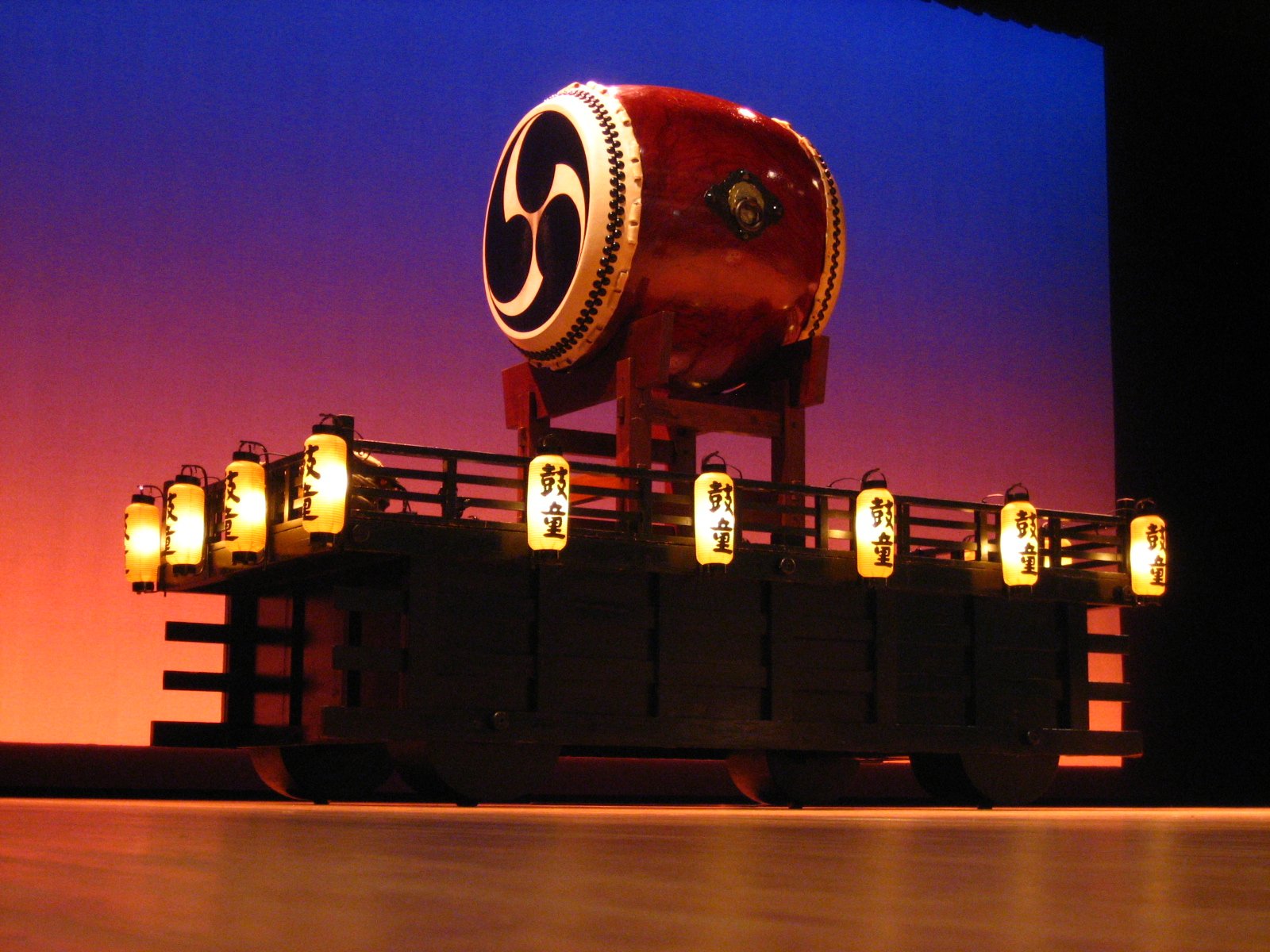
The audience sits in complete darkness. A silver spotlight shines on a lone taiko drum. As a drum stick shakes imperceptibly, a hand firmly comes down onto a surface. A low thump reverberates through the eerie silence. Another. Yet another. Somewhere, a soft tune from a fue, a Japanese flute, fills the concert hall.
Ranging from happy, light-hearted beats accompanied by fue, like “Irodori,” to dramatic, intense songs like “O-daiko,” Kodo, a popular Japanese taiko team, brought a frenzied energy to Berkeley on Jan. 28 and 29.
Yet Kodo was not always Kodo; it used to be part of Ondekoza, another taiko team known for its intense practices and preference for running marathons right before performances. Ondekoza called Sado Island its home: a beautiful island known to be a popular historical destination for people banished off the main island of Japan. The result was a treasure trove of rich cultural traditions that would largely define Japanese culture, such as traditional Japanese “noh” theater. By 1981, Kodo branched off and settled in Kodo village. Its location in Sado Island was very peaceful and quiet — a place to stimulate creativity in the natural world.
Kodo’s performance in Berkeley veered on the side of traditional Japanese music, but the talent and creativity from Sado Island are undeniable. The drummers wore familiar traditional outfits, happi, resembling a very short, light kimono. Yet Kodo has a surprisingly innovative repertoire coming up in the near future, including a March collaboration with the popular virtual singer and teenage vocaloid Hatsune Miku, using state-of-the-art technology to target and connect with a younger audience. How will cutting-edge technology merge with traditional art forms? Kodo seems to be ready to explore a new, still rare genre.
All of a sudden, the room is filled with a bright, searing light. The audience tries to blink it out, completely startled from the sudden change. But it’s too late for audience members to adjust their eyes now — all of the taiko drummers have come on stage, completely in sync and moving together in a chaotic harmony.
A dynamic spirit flows among the drummers, surging back and forth. Taikos different in shape are at one, producing sounds far more powerful than any individual taiko could. The performance seems like one sound — high and low, quiet and loud — one harmonious, almost magical spirit working away in a synergistic collaboration.
The performance has no words. It doesn’t need them. Even without words, the essence of the storytelling is still there. The audience is filled with a silent awe, as viewers’ minds frantically think and fantasize about drumming, or the meaning behind it. What’s left after the performance is a sense of calm energy and inner contentment. A true spectacle.
Kodo’s mission statement reads as follows: “Under the theme ‘One Earth,’ Kodo brings the sound of the taiko to all corners of the globe as our music and message resonates with myriad cultures and ways of life.”
The group strives to spread its vision of harmony among people and with nature, beyond any borders, in a way that is galvanized by and transcends music. It is a message it works for every day in its practices and performances, and it is a timely thought we should all consider as we head into the new year.
Contact Maimi Higuchi at maimih ‘at’ stanford.edu.
